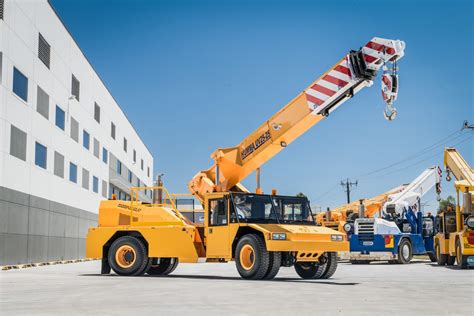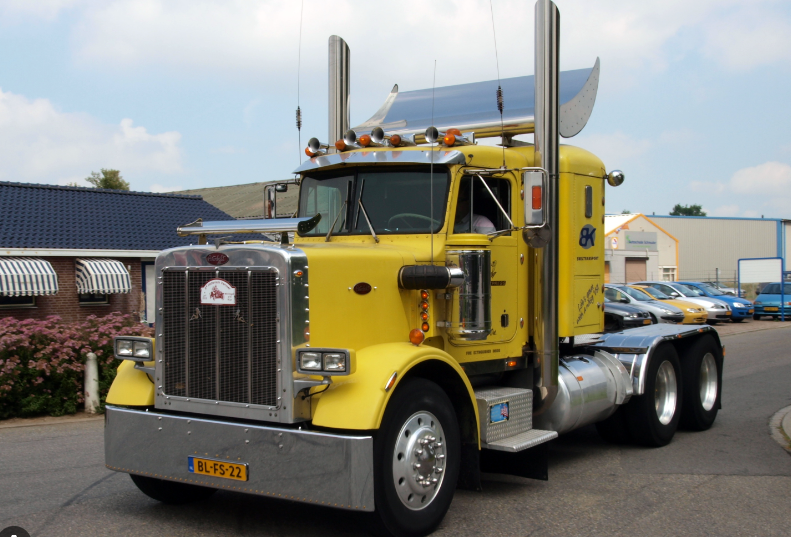Construction cranes play a crucial role in building and construction projects. They are used to lift and move heavy equipment and construction materials from one place to another. However, one question that people often ask is how much these cranes weigh. In this article, we are going to discuss the weight of construction cranes and the factors that contribute to their overall weight.
Factors That Contribute to the Weight of Construction Cranes
Several factors contribute to the overall weight of construction cranes. These factors include:
- Size of the crane: The size of a construction crane determines how much it weighs. Large cranes are typically heavier and require more components, such as counterweights, to support the load.
- Type of crane: Different types of construction cranes have different weights. Some common types of construction cranes include tower cranes, mobile cranes, crawler cranes, and overhead cranes.
- Configuration: The configuration of a construction crane, such as the length of the jib or the height of the tower, affects its weight. Cranes with longer jibs or taller towers require more support and may be heavier.
- Accessories and attachments: Accessories and attachments, such as a hook block or an extension jib, add weight to the crane. However, they also increase the crane's versatility and ability to lift different types of loads.
The Weight of Tower Cranes
Tower cranes are some of the most common construction cranes and are typically used for tall building projects. The weight of a tower crane depends on several factors, including its height and lifting capacity. However, on average, a tower crane can weigh anywhere from 20 to 32 tonnes. The counterweights that support the crane usually weigh between 20 and 30 tonnes, while the tower sections can weigh up to 10 tonnes each.
The Weight of Mobile and Crawler Cranes
Mobile and crawler cranes are versatile cranes that are often used in construction and building projects that require the crane to move from one place to another. These cranes are typically lighter than tower cranes, with some models weighing as little as 10 tonnes and others weighing up to 80 tonnes. The weight of these cranes depends on their lifting capacity, boom length, and overall configuration.
The Weight of Overhead Cranes
Overhead cranes are typically used in factories and industrial settings to move heavy equipment and materials from one place to another. These cranes are usually lighter than tower cranes and mobile cranes, with some models weighing as little as 1 tonne. However, the weight of an overhead crane can also depend on its lifting capacity and the type of materials it is designed to move.
Conclusion
The weight of a construction crane depends on several factors, including its size, type, configuration, and accessories. Tower cranes are typically the heaviest, while mobile and crawler cranes are lighter and more versatile. Overhead cranes are ideal for moving heavy equipment and materials in industrial settings. Understanding the weight of construction cranes can help you choose the right crane for your construction project and ensure that safety standards are met.
"











